Table salt made from sea water contains minute micro plastic particles that are concerned about health effects

It is pointed out that the possibility of adversely affecting the human body "Micro Plastic"Is found in the table salt of many countries, the scientific investigation found out. It is recommended to introduce a process to remove microplastic during the production process such as salt.
The presence of microplastics in commercial salts from different countries: Scientific Reports
http://www.nature.com/articles/srep46173
Micro plastic is a small plastic particle present in the environment such as the ocean. Since the 1950s when we succeeded in mass production of plastics, the production volume of plastic products continues to increase, and 322 million tons of plastic is made as of 2015, but due to the plastic being dumped without proper treatment It is thought that microplastic is flowing out to the ocean and the soil.
In recent years, it has been pointed out that microplastic is accumulated in the body of fishes and shellfishes, and there is a danger that bad influence will be brought to health by eating this, but what has been noticed so far includes in fish etc. It was a microplastic. However, because the salt made from salt water also contains microplastic, the research group of Professor A. Karami et al. Of Putra University Medical School in Malaysia and colleagues studied the microplastic contained in the table salt produced in each country .

The research group procured 17 brands of eight brands of eight countries in Australia, France, Iran, Japan, Malaysia, New Zealand, Portugal and South Africa in Malaysia, separated microplastic by density separation and visual methods, The composition is identified by Raman spectroscopy. As a result, it was found that except for one brand, all remaining table salt contained microplastic. It is said that the amount was 1 to 10 per kg of salt.
The minimum size of micro plastic particles is 160 micrometers, and the maximum size is 980 micrometers.
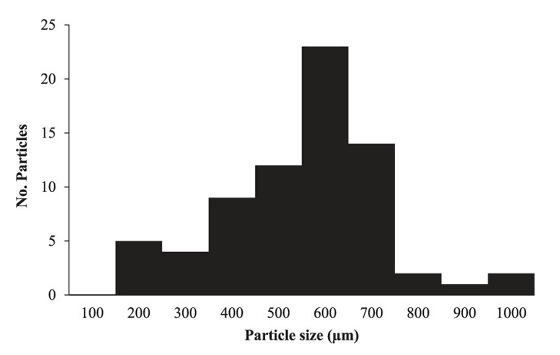
Of the 72 particles extracted, 41.6% are plastic polymers, 23.6% are pigments, 5.50% areamorphousCarbide, the remaining 29.1% could not be identified.
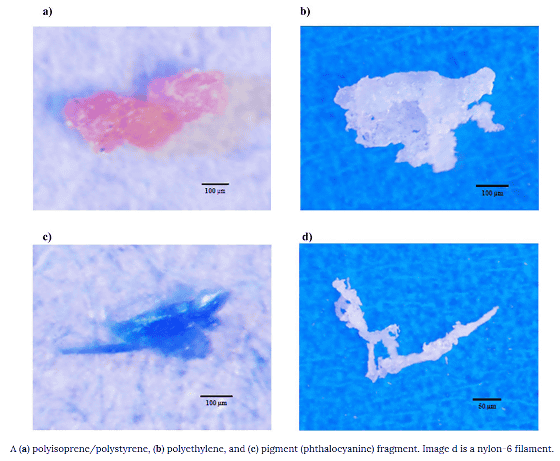
The shape of micro plastic is 63.8% fragment, 25.6% thin thread form, 10.6% film form.
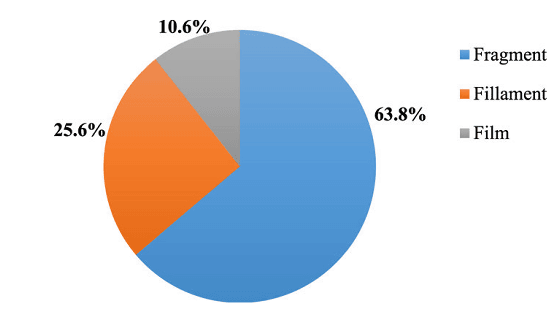
The breakdown of plastic polymers is 33.3% for polyethylene, 6.66% for polyethylene terephthalate (PET), 6.66% for polyisoprene and polystyrene, 10.0% for polyacrylonitrile, and 3.33% for 6-nylon.
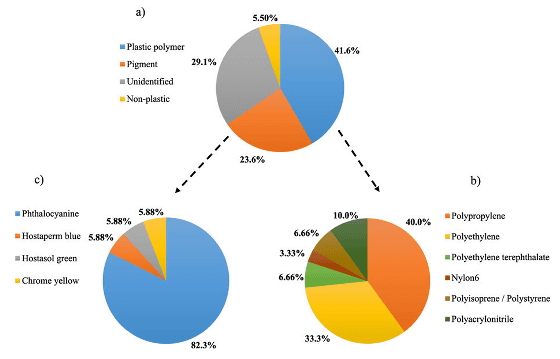
This is a graph showing the number and components of microplastic contained in salt of each country brand. From Japanese salt brand salt used for pigmentPhthalocyanineIt seems that it was detected.
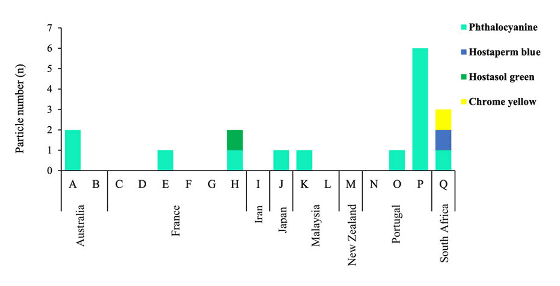
The graph of the content of various polymers by country is as follows.
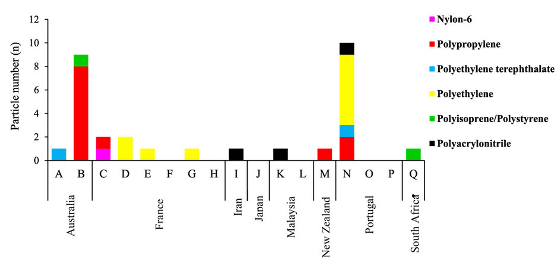
According to the research group, the infiltration of microplastic into the human body caused by table salt which can be inferred from this research is 37 particles per person, and the influence on health is negligible. However, at present, it is not scientifically apparent about the risk of microplastic health. At the present time, it is desirable to develop and introduce techniques for properly separating and removing particles smaller than 149 micrometers using filtration and the like I am talking.
Related Posts:







